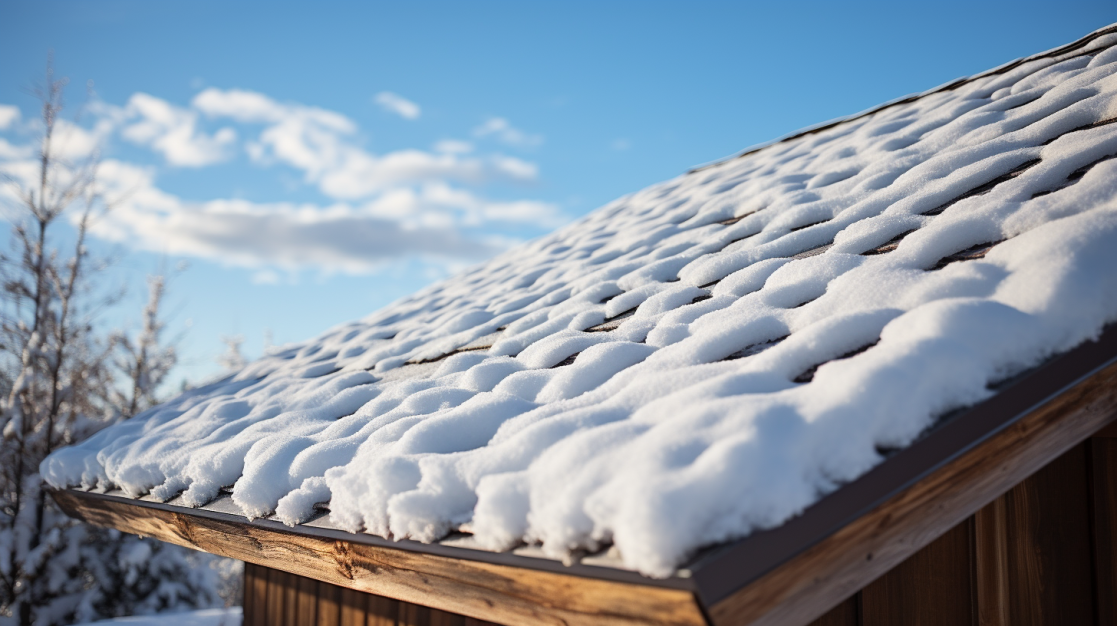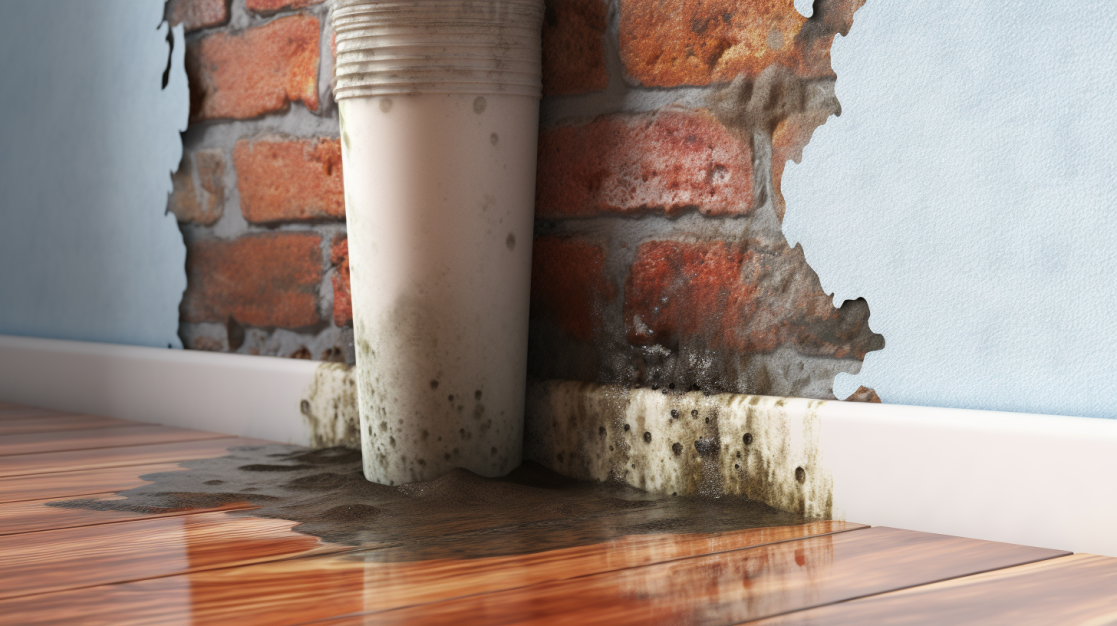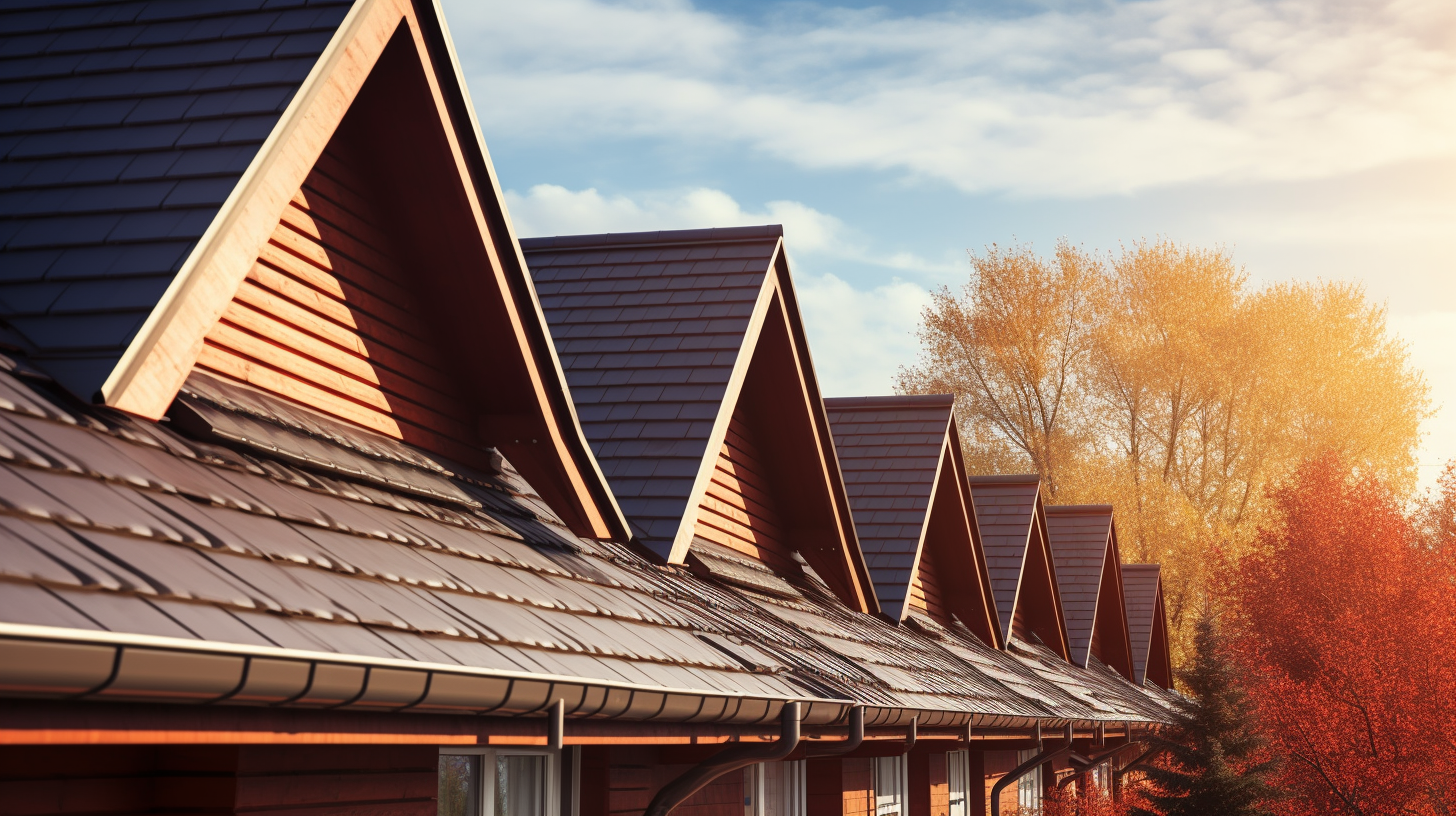Winter Roof Maintenance 101: Preparing Your Louisville, KY Home for Cold Weather
Winter in Louisville, KY, brings its own set of challenges—snow, ice, and chilly temperatures that can take a toll on your home’s roof. But don’t worry! With a bit of preventive care, you can keep your roof in top shape, ward off leaks, save on energy costs, and avoid those dreaded expensive repairs. Whether you’ve been a Louisville homeowner for years or are new to the area, understanding how to maintain your roof during the colder months is essential. In this relaxed and easy-to-follow guide, Unisource Roofing shares practical tips, red flags to watch for, and advice on when to call in the pros.
Step-by-Step Guide: Winter Roof Upkeep
Chapter 1: Clear Away Debris
Start by removing any leaves, branches, or other debris that may have accumulated in your gutters and roof valleys. Debris can trap moisture, leading to water damage and rot. Use a stable ladder and appropriate safety gear, or hire a professional if you’re not comfortable working at heights.
Why It Matters: Keeping your roof free of debris minimizes the risk of water backing up under shingles or clogging your gutters—both of which can escalate into bigger issues during winter storms.
Chapter 2: Inspect for Visible Damage
After clearing debris, take a close look for any missing, curled, or cracked shingles. Don’t forget to check the flashing around chimneys, skylights, and vents—these areas are prone to leaks. Also, watch for any sagging areas or uneven roof surfaces, which could signal structural concerns.
Pro Tip: If you spot even minor damage, consider scheduling a professional assessment. Small problems can worsen quickly when snow and ice accumulate on your roof.
Chapter 3: Keep Gutters and Downspouts Clean
Clogged gutters are a leading cause of ice dams. When water can’t flow away from your roof, it freezes along the edges, forming thick ridges of ice. Regularly clear out leaves and debris from gutters before temperatures drop too low, and ensure downspouts direct water at least a few feet away from your home’s foundation to prevent flooding in your basement or crawl space.
Why It Matters: Clean gutters help protect both your roof and your home’s foundation by allowing water to flow freely away from your house.
Chapter 4: Ensure Adequate Attic Insulation
Heat rises, and if your attic isn’t well-insulated, it can warm the roof’s surface and cause snow to melt prematurely. This meltwater can refreeze at the edges, creating ice dams. Inspect your attic for gaps in insulation or signs of moisture accumulation, and aim for the recommended R-value for insulation in Louisville (typically R-38 or higher, depending on your home’s structure).
Benefits: Proper insulation prevents ice dams and keeps your home warmer, reducing overall energy costs.
Chapter 5: Check for Proper Ventilation
A well-ventilated attic helps regulate temperature and moisture levels. Look for vents in the soffits, roof ridge, or gables, and make sure they’re free of obstructions like debris or insulation material. Good ventilation helps mitigate the risk of mold and condensation inside your attic.
Why It Matters: Proper airflow keeps your attic dry and helps your roof last longer by preventing moisture buildup.
Chapter 6: Watch Out for Warning Signs
Keep an eye out for stains on your ceiling or walls, which often indicate a leak. Unusual drafts in your attic could mean ventilation or insulation problems, while persistent icicles hanging from gutters can suggest ongoing ice dam issues. Musty odors might point to mold or mildew growth due to hidden leaks.
Action Steps: If you notice any of these signs, call a professional roofing contractor to investigate further. Prompt attention can prevent more extensive damage.
Chapter 7: Know When to Call a Professional
If you’re uncomfortable performing any of these tasks, prioritize safety and contact a roofer. Professionals have the experience, tools, and safety equipment needed to handle your winter roof maintenance effectively. Regular inspections—once in late fall and again in early spring—can catch and correct minor problems before they escalate.
Extra Services: Many reputable contractors also offer winter services like emergency roof tarping or ice dam removal. Don’t wait until an issue becomes urgent.
Additional Winter Roof Care Tips
Trim Overhanging Branches: Strong winds and ice can break off branches, damaging your shingles or gutters.
Schedule a Pro Inspection: A quick look from a trained eye can reveal hidden issues you might miss.
Document Repairs: Keep a record of any roof work done, which can help with warranty claims and insurance matters down the line.
Final Thoughts
Winter roof maintenance is all about being proactive. Louisville’s cold, snowy weather tests every part of your home, and your roof is on the front lines. By following these steps—clearing debris, inspecting for damage, cleaning gutters, ensuring proper insulation and ventilation, and knowing when to call a professional—you’ll be better prepared to face whatever winter sends your way.
Don’t wait until the first major snowfall to think about your roof. With some diligence and the right precautions, you can protect your home, keep your family safe and warm, and preserve the value of your property for years to come. If you’re ever unsure or spot signs of trouble, reach out to Unisource Roofing for expert guidance and fast, reliable service.





